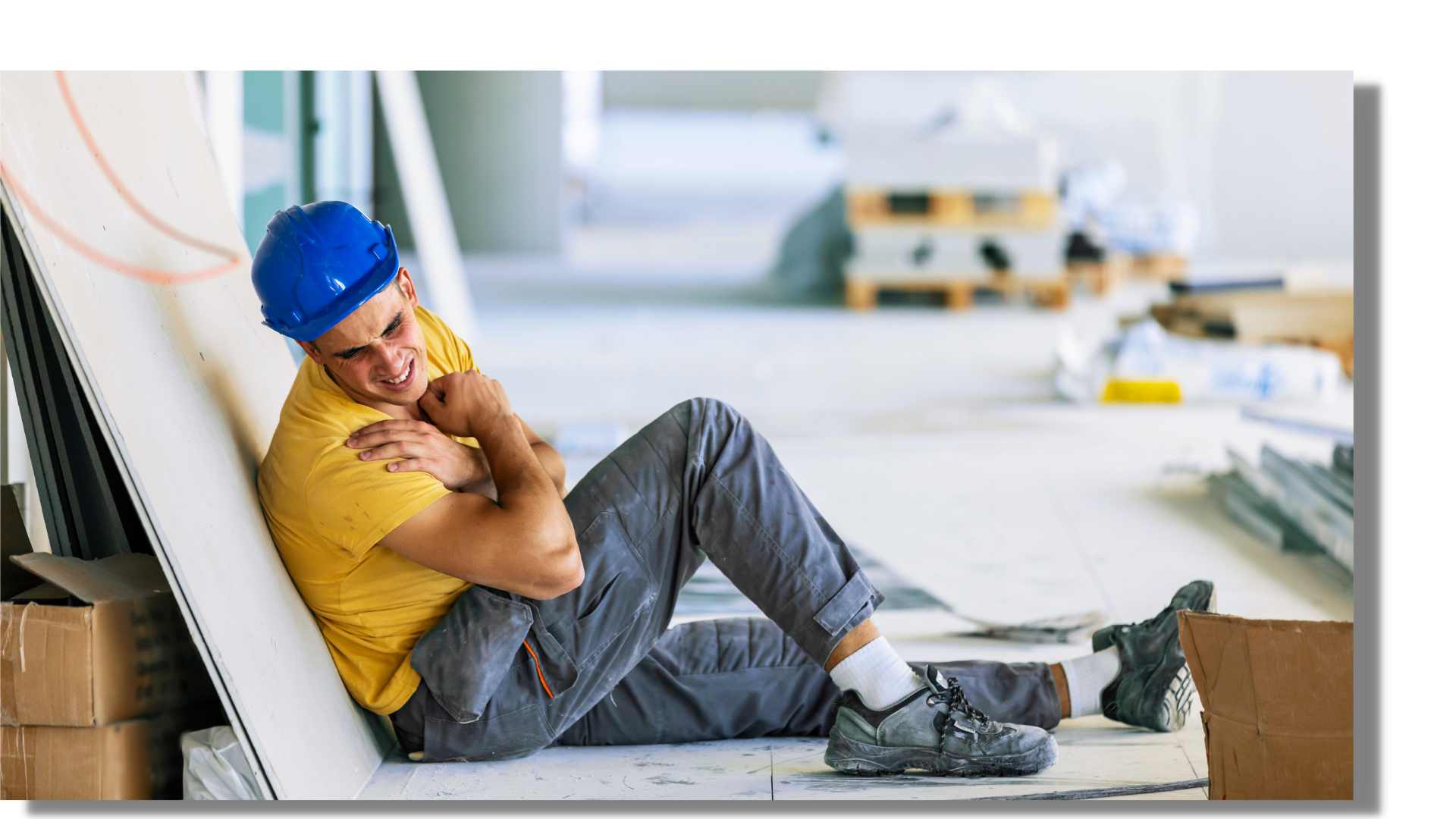Toll Free: (866) 907-1145
Local: (919) 833-3370
Toll Free: (866) 907-1145
Local: (919) 833-3370
Constructing environmentally friendly buildings is undeniably an important priority in America today. President Obama talks of creating “green jobs” that will stimulate the economy and wean us of our dependence on foreign oil. Advocates for green construction seek sustainability – ways of building that will help our species care for the earth.
Those are all worthy goals. But it is also vitally important to protect the health and safety of construction workers who work on green construction projects. Recent research suggests that these workers may face more safety risks than their counterparts in traditional construction.

Whether it’s green or not, construction is dangerous work. The risks include falls from scaffolding or other heights, electrocution from live electrical wires, and many other dangers – some of them potentially fatal. This is why, if a worker gets hurt on the job, it makes sense to talk with a workers’ compensation lawyer.
When a construction injury does occur, keep in mind that workers’ comp may not be the only option. If a party other than the employer caused the injury, a personal injury claim may also be in order. These are known as “third party” claims. They may involve defective tools, for example, or negligence by a subcontractor on a construction site.
Overall, construction is one of the most dangerous occupations in the country. According to the Occupational Safety and Health Administration, one-fifth of all U.S. worker fatalities in 2010 occurred in a construction setting. A total of 751 people lost their lives.
OSHA statistics show that falls accounted for 35 percent of the deaths and electrocutions 10 percent. The two other most frequent causes of fatalities are being struck by an object (eight percent of deaths) and being caught in or between heavy machinery (four percent).
In short, it’s dangerous out there for workers on construction sites. But recent research suggests that on green construction sites, it’s even more dangerous.
A new research study has found that construction workers on certified LEED projects suffer more falls, lacerations and other injuries than those who work on traditional projects.
LEED stands for the U.S. Building Council’s certification program in Leadership in Energy and Environmental Design. It is a coveted designation in architectural and construction circles as society becomes increasingly more concerned about environmental issues.
But recent research shows that progress on environmental issues is putting construction workers who work on green projects at heightened risk of injury compared to traditional construction sites.
The reasons for the elevated risks are many. Green construction involves new, higher-risk tasks, such as installing large solar panels to tap solar energy. Green buildings also may have difficult-construct roofs that are “vegetated” in order to capture rainfall and play a role in heating or cooling.
These are just two examples. But the reality is undeniable that getting the LEED imprimatur on a building requires techniques that put workers at greater risk of personal injury than on traditional projects.
A research study published recently in the Journal of Construction Engineering and Management confirms this. It was based on interviews with dozens of construction workers and contained some sobering statistics. For example, green construction workers in the interview sample suffered a 36 percent increase in injuries caused by construction materials. These injuries included lacerations, strains and sprains.
The increase in the number of falls was also of concern. The number of falls increased by 24 percent in green construction compared to traditional sites. The researchers attributed much of this increase to the installation of solar panels. Those panels may be good for the environment, but they keep workers at elevated heights for longer periods of time, performing more difficult tasks than ever before.
Improving Green Construction Safety
It isn’t necessary to put workers at excessive risk in order to install solar panels or implement other aspects of green construction. What’s needed is for companies that work in green construction to pay more attention to worker safety.
“It doesn’t have to be this way,” says Peter Stafford, the executive director of the Center for Construction Research and Training. His agency financially supported the research study that found a heightened risk of construction injuries in LEED projects.
“With proper layout of the worksite,” Stafford added, “recyclables can be sorted safely and efficiently. With properly scheduled breaks for hydration, a reflective roof doesn’t have to mean trips to the hospital. And with proper fall protection solar panels can reduce our dependence on fossil fuels without risking workers’ lives and limbs.”
The challenge, then, is to keep moving forward on those forward-looking projects without forgetting key values that endure from the past. Those values must include respect for workers’ safety, prudence in planning, and a pragmatic willingness to learn from experience – even when the lessons are hard.
Living those values is not merely for the construction companies or those who hire them. It’s up to all of us to insist on a better future in which a LEED certification does not mean a dark day for green construction workers.
Attorney Advertising | Prior results do not guarantee a similar outcome. The information on this website is for general information purposes only. Nothing on this site should be taken as legal advice for any individual case or situation. This information is not intended to create, and receipt or viewing does not constitute, an attorney-client relationship. This site is protected by reCAPTCHA and the Google Privacy Policy and Terms of Service apply.